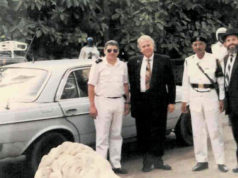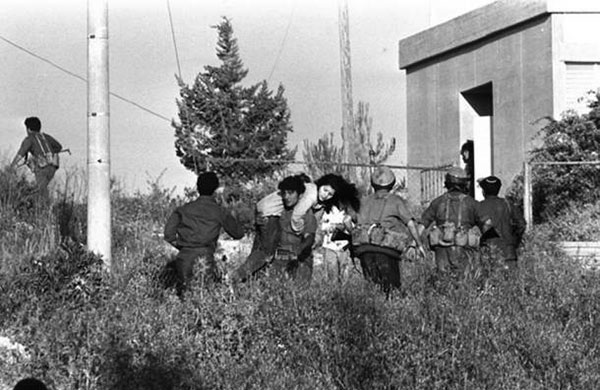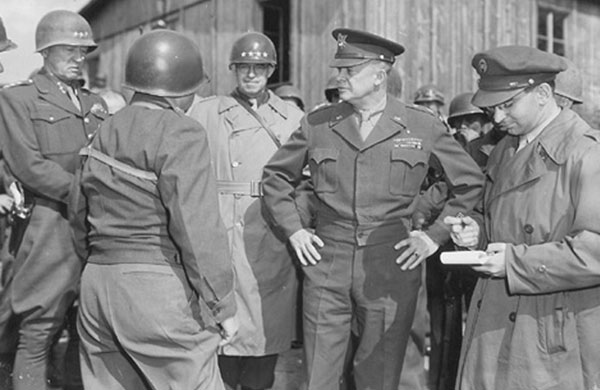 Recently, Rosman was asked to consult on Warsaw’s new Museum of the History of Polish Jews, which opened on April 19, the 70th anniversary of the Warsaw Ghetto Uprising—on the site of the former Warsaw Ghetto.
Recently, Rosman was asked to consult on Warsaw’s new Museum of the History of Polish Jews, which opened on April 19, the 70th anniversary of the Warsaw Ghetto Uprising—on the site of the former Warsaw Ghetto.
This impressive museum, which received extensive financial and political support from the Polish government, signals a new attitude when it comes to Polish history; that Poland is actually a “commonwealth of many nations,” and that Poland’s Jewish history is an important component of that new philosophy. This new Jewish museum symbolizes the new Poland.

marks the beginning of a 1,000 year journey.
It is visible from the glass bridge at street level,
offering a beautiful canopy for projections
during special events.
This museum will present the history of Polish Jews and the rich civilization they created over the course of almost 1,000 years. Initiated by the Association of the Jewish Historical Institute of Poland in Warsaw in 1996, the Museum of the History of Polish Jews will be a unique institution. Not only is it the first and only museum to focus on the history of Polish Jews, but also it is a truly 21rst-century institution in every regard.
Using the latest historical research and most innovative exhibition design, the museum will immerse visitors in the world of Polish Jews and encourage exploration through a wide range of media, documents, and artifacts. As a cultural and educational center, the museum will provide a unique learning environment with lively public programs.
Although Poland is often perceived as the original—and an enduring—home to anti-Semitsm, Moshe Rosman, professor of Jewish history at Bar Ilan University, disagrees. And he should know, because he’s a renowned specialist in the history of Jews in Poland-Lithuania prior to 1800, as well as modern Jewish history.

photographs of the burning ghetto.
The person who took the picture, Zbigniew Borowczyk, was a photographer from Katowice, who in 1943 visited Warsaw with his family. He took the photo during the uprising, probably from the roof of the Italian embassy.
The core exhibition, which took five years to develop, is the heart and soul of the museum. Eight galleries will present 1,000 years of history of the largest Jewish community in the world. The exhibition will show this presence in a manner that has never been shown before. Instead of artifacts locked in dusty display cabinets, visitors will participate in an interactive tale about Jewish history, culture and religion based on source materials—drawings, photographs and films.

The exhibition was created by an international team of historical experts from Poland, the United States, and Israel and the Museum’s curatorial team. The entire project is headed by Professor Barbara Kishenblatt–Gimblett. The Association of the Jewish Historical Institute of Poland is solely responsible for the implementation and financing of the core exhibition.
The core exhibition takes up one third of the building. The other two thirds will house temporary exhibitions, a multi-purpose conference/cinema/concert hall, educational centre, film projection and workshop rooms.

The idea for the museum was conceived in 1996. A year later, the land for the museum was transferred from the City of Warsaw. In 2005 Finnish architect Rainer Mahlamak won a competition to design the museum. In 2007 the foundation was laid. The construction began two years later. In 2010 the museum reached its full height. The core exhibition was installed last year. On April 19, 2013 the museum opened.
The museum stands across from the Monument of Ghetto Heroes designed by Nathan Rapoport.



